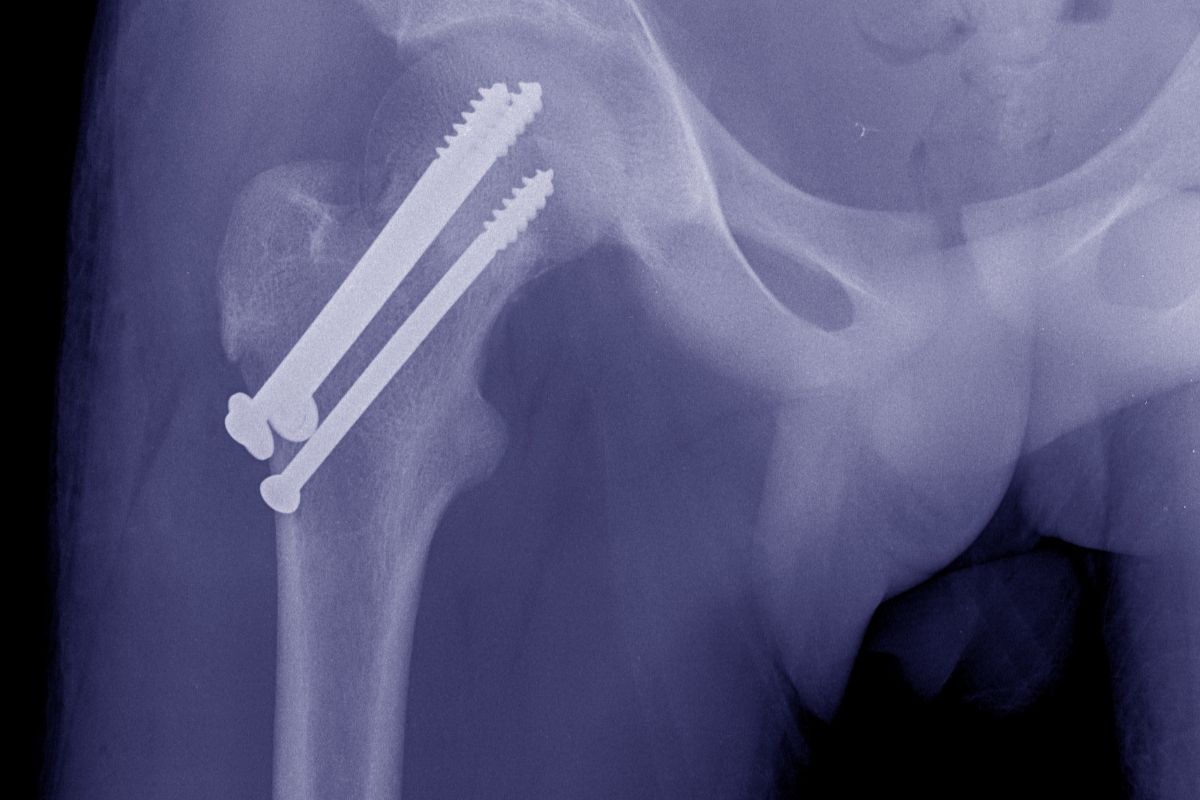
Resorbable Fixation is used in the reconstruction of the craniofacial skeleton to treat congenital anomalies, traumatic deformities and skull base tumors. It can also be used to maintain the position of bone grafts in non-load bearing applications.
Recent clinical trials have demonstrated that resorbable plates are associated with lower rates of complications than titanium in patients who undergo craniomaxillofacial surgery. These include infection, paresthesia, foreign body reaction, palpability, dehiscence, malocclusion and material-related complications.
Calcium Phosphate
Calcium phosphates are present in the natural bone and have osteoconductive and in some cases, osteoinductive properties that facilitate bone regeneration. Their bioactivity depends on several factors including ion release, porosity, degradation, surface chemistry and morphology. The ion release promotes cell adhesion and proliferation, as well as the differentiation of osteoblasts into bone mineral formation [21].
Hydroxyapatite (HAP) is the most commonly used calcium phosphate because of its low cost, biocompatibility and resemblance to native bone minerals. It has a high ion release rate and is stable in physiological conditions defined by temperature, pH and body fluids. It does not cause inflammatory reactions and is safe to use clinically.
It also has good mechanical properties, comparable to cancellous bone. However, it has a poor ability to support load-bearing areas and is often used in conjunction with other materials.
Biphasic Calcium Phosphates (BCP) are bioceramics composed of two different phases of a calcium phosphate: a highly soluble phase such as hydroxyapatite and a less soluble phase, such as beta-tricalcium phosphate (b-TCP). BCP nanocomposites consisting of HA and b-TCP have demonstrated superior mechanical properties to those of b-TCP alone. They have a compressive strength of 9.8 MPa similar to cancellous bone. Unlike HAP, BCP does not have intrinsic cytotoxicity. It can, however, result in an increase of calcium concentration in the cytoplasm due to endosomal uptake and lysosomal degradation. This effect is usually observed at high doses and may be detrimental to the health of cells.
Hydroxyapatite
Hydroxyapatite is the most abundant inorganic component of human bone. Its formula is Ca10(PO4)6(OH)2 and can be found in both amorphous and crystalline form. The amorphous form is most commonly used in clinical applications. Despite its low mechanical strength, hydroxyapatite has been successfully utilized as bioresorbable osteoconductive material, generally together with PLLA and PLGA.
Hydroxiapatite’s biological activity encourages the growth of bone and therefore it can be used as a coating on titanium or stainless steel implants. This trickery can reduce the implant rejection rate and enables faster healing times compared to uncoated implants. It has also been used to treat dental hypersensitivity and to improve results with dental implants in cases of bone voids or defects.
In order to enhance HA scaffold’s bioactivity, several studies have employed the substitution of Ca, P or OH groups for other metal ions (e.g. Mg, Mn or Zn) that are important for bone biological and metabolic activities. However, the resulting chemical and physical properties of the HA differ significantly depending on phase composition, preparation method, microstructure, implant site and body conditions.
Moreover, the amorphous hydroxyapatite can be coated with polymers to make it suitable for controlled drug release. This is done by incorporating the drug into the HA and then it can be released at a controlled rate over time.
PLLA/PLGA
PLLA/PLGA is a biodegradable synthetic polymer that can be used for a number of different medical applications. It is produced by ring-opening co-polymerization of two monomers, lactic acid and glycolic acid. The resulting polymer has a high biocompatibility and low toxicity. It also has a very slow degradation rate.
One of the key physico-chemical properties of d,l-PLGA is its glass transition temperature (Tg), which defines a boundary between a highly viscous brittle structure and a more fluid rubbery state. This property is important because it affects the diffusion coefficient of small molecules. The diffusion rate in the rubbery state is several orders of magnitude higher than that in the glassy state. This difference is important for drug release kinetics.
As a biodegradable synthetic polymer, d,l-PLGA is easily fabricated into various drug delivery devices. It can be shaped into nanospheres, microspheres and millimeter-sized implants that can encapsulate drugs, peptides and proteins. Depending on the device’s application, a variety of factors can influence the degradation and drug release rate of d,l-PLGA. These factors include physical properties such as molecular weight and polydispersity index, the ratio of lactide to glycolide, the size of the device, exposure to water and storage temperature.
PLGA has good cell affinity and can be combined with silk fibroin to improve its hydrophobicity. Electrospun SF/PLGA scaffolds have shown excellent spreading, ECM secretion by chondrocytes and tunable degradation profiles, making them promising materials for cartilage tissue engineering (TE). Furthermore, a study showed that a SF/PLGA scaffold has lower levels of foreign body giant cells than a control amorphous PLLA scaffold.


